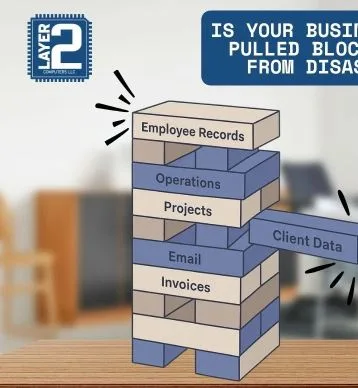Hit by hackers? Here’s what to do if you’re a victim of a cyberattack
Falling victim to a cyberattack can feel like your digital world has been turned entirely upside down. Whether ransomware has locked you out of your files or a hacker has accessed your financial accounts, the impact can be devastating. It’s crucial to act quickly – not just to contain the damage, but to regain control and reduce your vulnerability in the future. This guide walks you through the essential steps to take in the aftermath of a cyberbreach, from first response to long-term prevention.
Contain the breach and document everything
The first move is to isolate the breach so that malware or data leaks don’t spread any further. Disconnect any affected devices from Wi-Fi and other networks. If necessary, shut the devices down entirely. It’s natural to panic, but this is also the time to remain calm and document what happened during the attack. Take screenshots of unusual activity, error messages, or ransom notes. Save logs and make detailed notes of the timeline and order of events (including your action and responses). These details will be crucial when you’re dealing with investigators, IT professionals, and even insurance claims down the line.
Alert the authorities and credit bureaus
Once the immediate threat is under control, you need to alert the relevant authorities. You can file a complaint through the FBI’s Internet Crime Complaint Center (IC3) or contact federal cyber-officials through CISA. If your personal data like Social Security Numbers or banking details have been compromised (or even if you think they might have been compromised), notify the major credit bureaus immediately and place a fraud alert or credit freeze so that no one else can take out a loan or credit card in your name. Several states now have advanced cyber response teams (such as Texas’s new Cyber Command) highlighting how local and federal efforts are aligning to more effectively fight cybercrime.
Recover access and fortify your digital defenses
Change any compromised passwords immediately. Don’t just use slightly modified variations of your old password, use a password generator to create strong, unique replacements to reduce your risk of being hacked again. Also, if possible, enable multi-factor authentication (MFA) on all accounts to add another layer of protection. If you have secure backups of your data, restore from those rather than potentially infected systems. Finally, monitor your accounts and devices for ongoing suspicious activity – this phase is not just about recovery, but future-proofing your digital habits.
Lessons learned: Turn crisis into prevention
A cyberattack is not just a digital inconvenience – it poses a very serious threat to your data, finances, and peace of mind. But by taking swift, smart action, you can limit the damage and even emerge more resilient. See the experience as a chance to bolster your cybersecurity and stay one step ahead in an increasingly risky online world.



